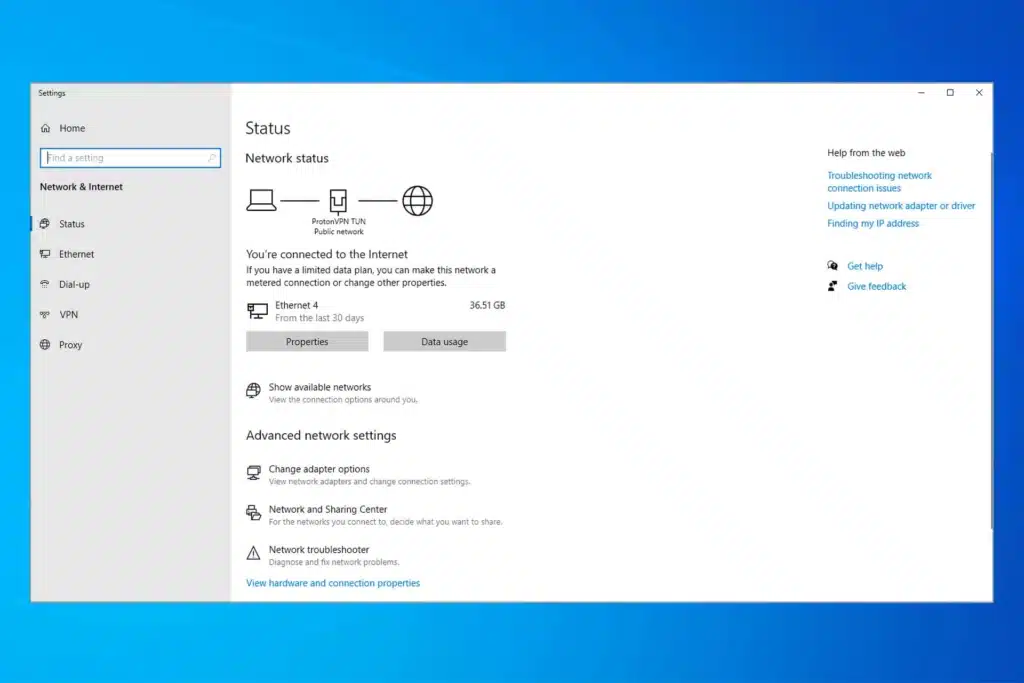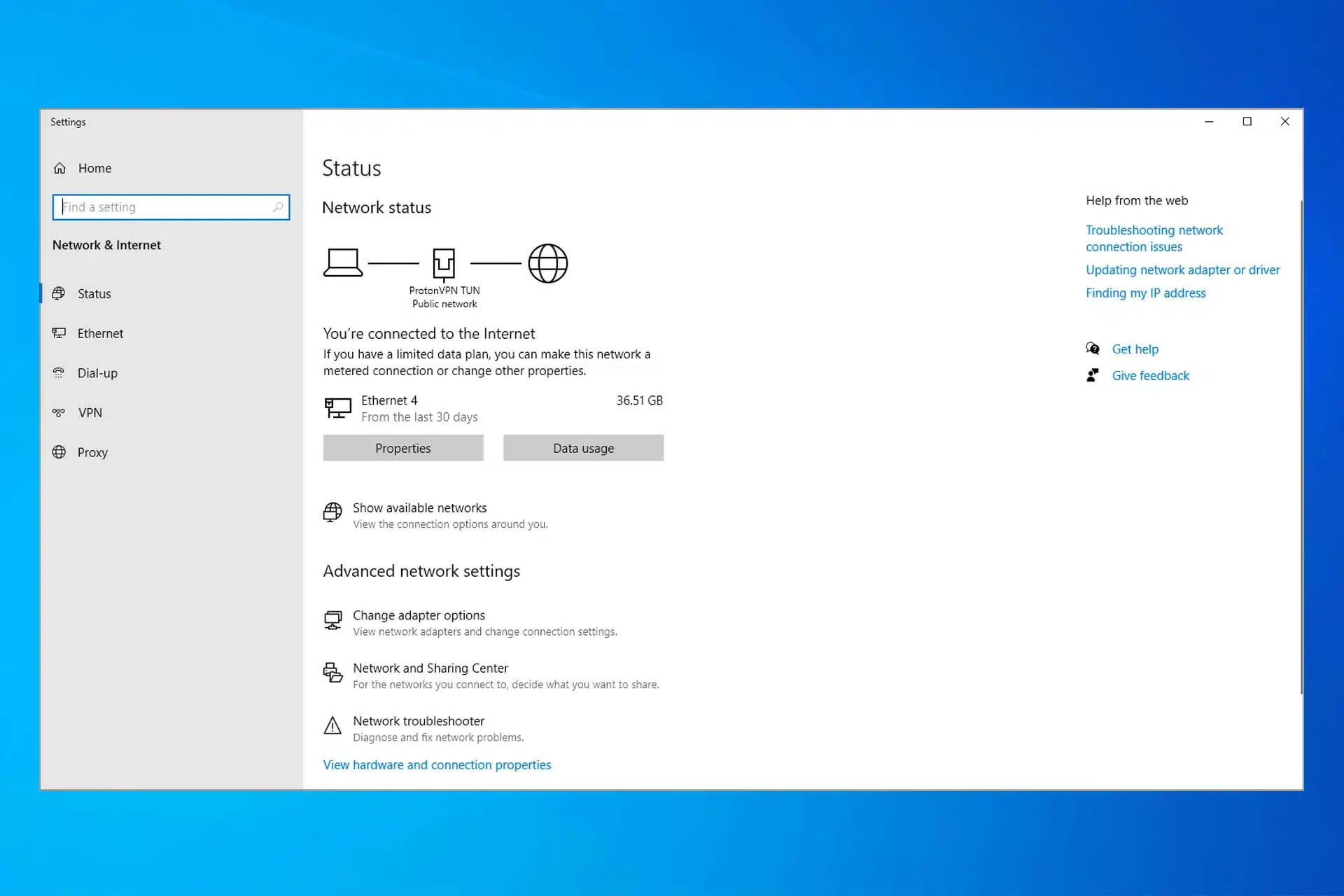Table of Contents
Why Can’t I Connect To WiFi On My Laptop?
Why Can’t I Connect To WiFi On My Laptop? There are a few common reasons why your laptop may not be connecting to WiFi. First, make sure that Wi-Fi. Is turned on. It’s also worth checking that Airplane mode isn’t activated.
You can also try restarting your router and/or modem. If that doesn’t work, you can try using Windows’ troubleshooter.
1. Check Your Network Settings:
If your laptop can connect to WiFi on other devices but not on yours, it is likely because of a network problem. This can be resolved by several different methods. Including resetting the router or using its troubleshooter, resetting the wireless adapter, changing wireless settings, and more. You should also try connecting to a different WiFi network to see if that helps.
You should first check to ensure your Wi-Fi. Is enabled on your laptop. You can do this by clicking the Wi-Fi icon in the taskbar and ensuring that it is on and not set to airplane mode. It is also possible that the network settings have become corrupted and need to be reset.
Another thing you can do is to check if your computer’s drivers are up-to-date. If the drivers are outdated, this can cause problems with your connection. You can resolve this by downloading the latest drivers from your laptop’s manufacturer’s website and installing them.
If none of these solutions work, you may need to try resetting the modem and router. To do this, unplug the modem and router from the power source, wait for 30 seconds, and then plug them back in. You will then need to wait for the lights on both devices to stop blinking before proceeding. If this doesn’t work, you may need to call your internet service provider for further troubleshooting.
2. Check Your Router:
If you can connect with other devices on your Wi-Fi network, but not with your laptop, it could be that something is wrong with your router. You can try some simple troubleshooting steps like resetting the router and modem and checking that all cables are correctly connected. You can also run the router’s built-in troubleshooters to see if they help. If you’re still having problems, you can always contact your Internet service provider to ask for further assistance.
One of the first things you should do is check if your laptop’s WiFi is turned on. Make sure that the WiFi icon is green and not gray or orange, and that it’s not in Airplane mode. If you find that it is, turn it off or disable it from the settings on your laptop.
Another thing to try is to open the Device Manager on your laptop. To do this, click the start button and type device manager into the search box or use Cortana to open it. From there, you should be able to see a list of all your devices and their drivers. Right-click the driver for your wireless adapter and select “Uninstall device.” This will remove the current driver from your computer and prompt Windows to install a generic driver.
You can also try plugging your laptop into your router directly using an Ethernet cable. This will prevent your laptop from using its internal Wi-Fi card and allow you to test out your Internet connection and see if it’s working properly.

3. Check Your Wireless Adapter:
Your laptop’s wireless adapter is what connects it to your WiFi network. It can either be a built-in component or an external USB, PCI, or PCI Express card that plugs into an empty slot on your laptop’s motherboard. It’s responsible for letting your laptop connect to WiFi networks whether you’re at home, in the office, or public places like coffee shops and restaurants.
If your wireless adapter is not working properly, you may be experiencing a problem with your internet connection or a hardware issue with your laptop itself. The good news is that there are some simple steps you can take to resolve this problem.
First. Make sure your laptop’s Wi-Fi is turned on. It’s not uncommon for this to get accidentally switched off. Specially if you have other devices connected to your WiFi, or if you’ve recently updated your computer software.
You can check this by opening the Device Manager on your laptop, expanding the Network Adapters category, and looking for your wireless adapter. If it’s disabled, you can easily enable it by right-clicking on it and selecting Enable from the menu that appears. You can also try reinstalling your wireless driver, which will help you clear out any glitches and fix the connection issues. To do this, you can use a reliable driver update tool like Out.
4. Check Your Internet Connection:
There are a few different reasons why your internet might not be working properly on your laptop. Some of these issues are easily fixed, but others can be more complicated. Some of the common causes include:
First, try rebooting your laptop and router. This can help solve many problems. If that doesn’t work, you can also try restarting your modem. You can do this by unplugging it for a few seconds and then plugging it back in. Another thing you can do is reset your network settings. To do this, open the command prompt by pressing the Windows key and R simultaneously. Then type ipconfig /release and ipconfig /renew. Once you’ve done that, try connecting to WiFi again.
If nothing else works, you may need to install a new Wi-Fi driver on your laptop. You can do this by opening the Control Panel and clicking the “View device drivers” option, or by using Cortana: click the Start button, then type Device Manager. Once you’ve opened Device Manager, double-click on Network Adapters and right-click on your wireless LAN adapter. Then, select the Uninstall device software option.
Once you’ve removed the old driver, Windows should automatically reinstall it when you restart your laptop. If not, you can download the latest version of the driver from your laptop’s manufacturer’s website or a third-party source such as Out.





Add comment